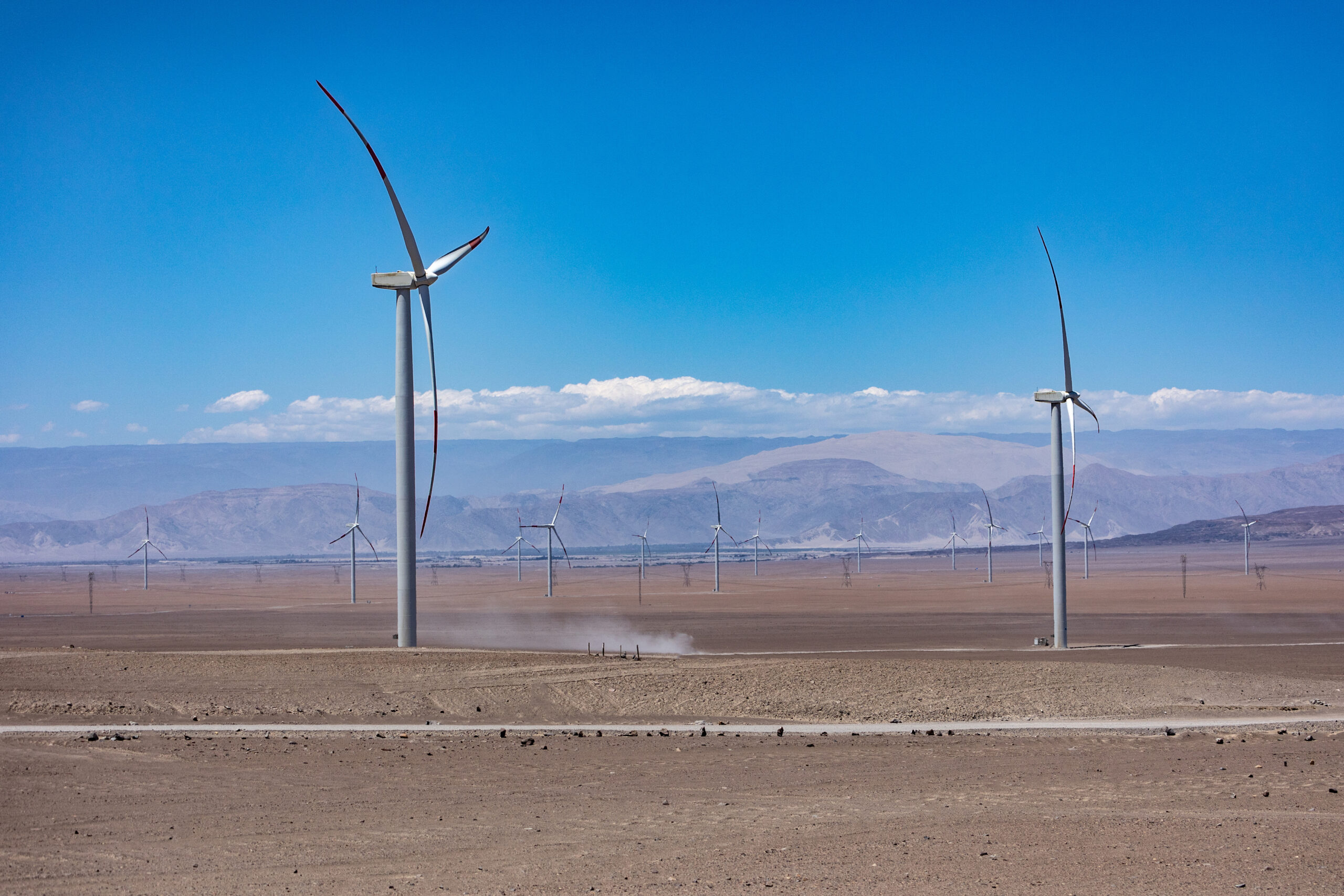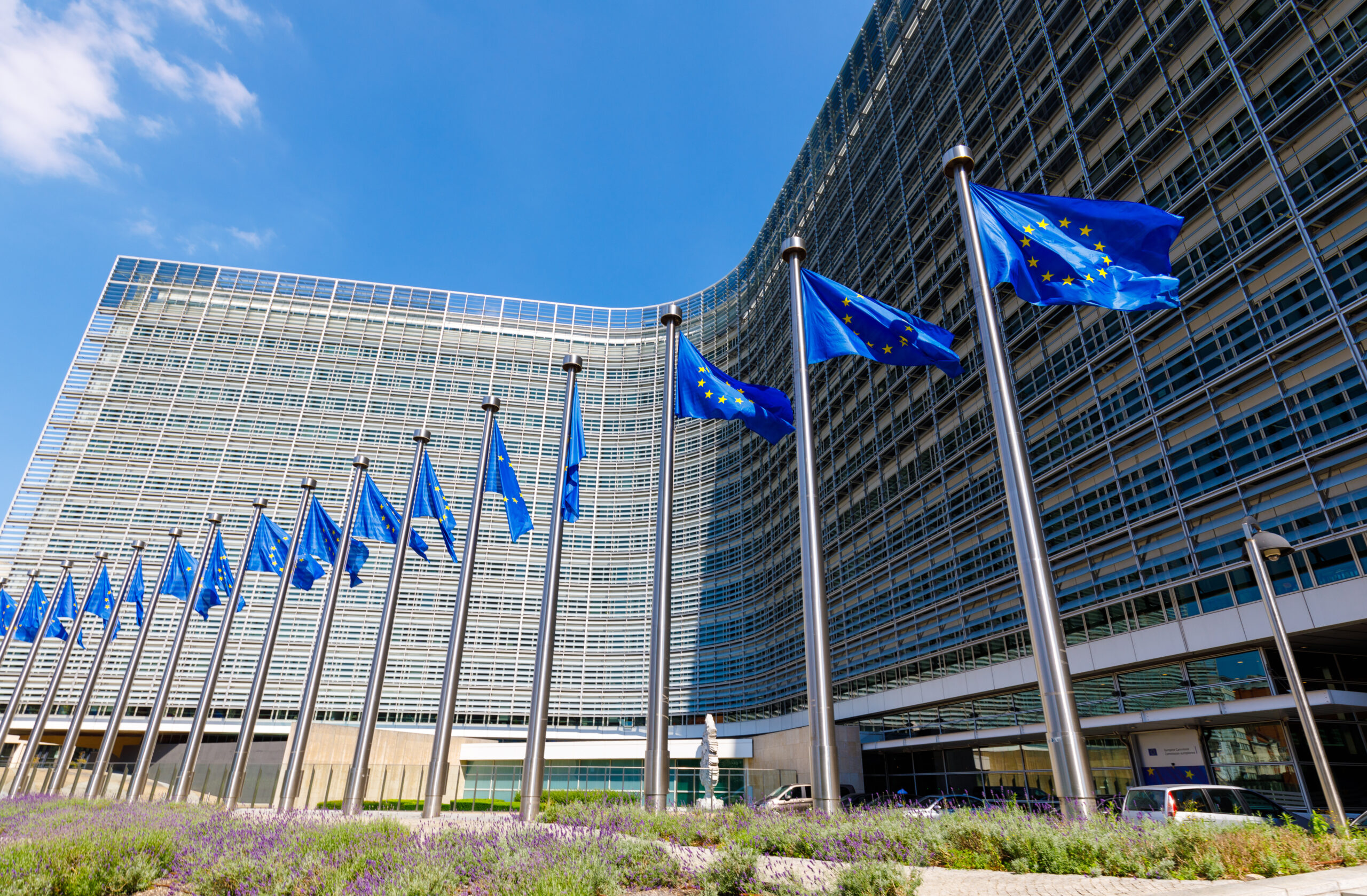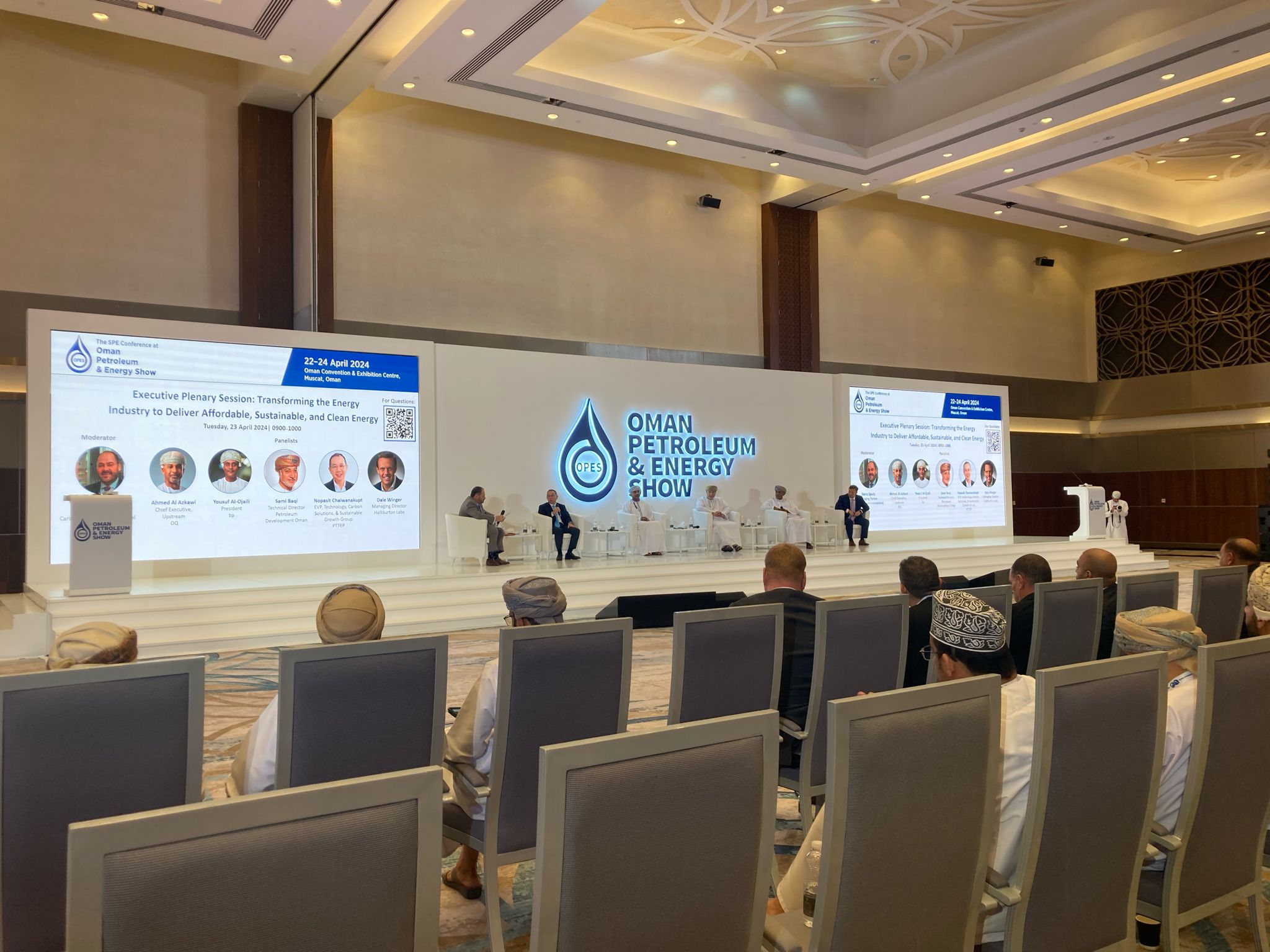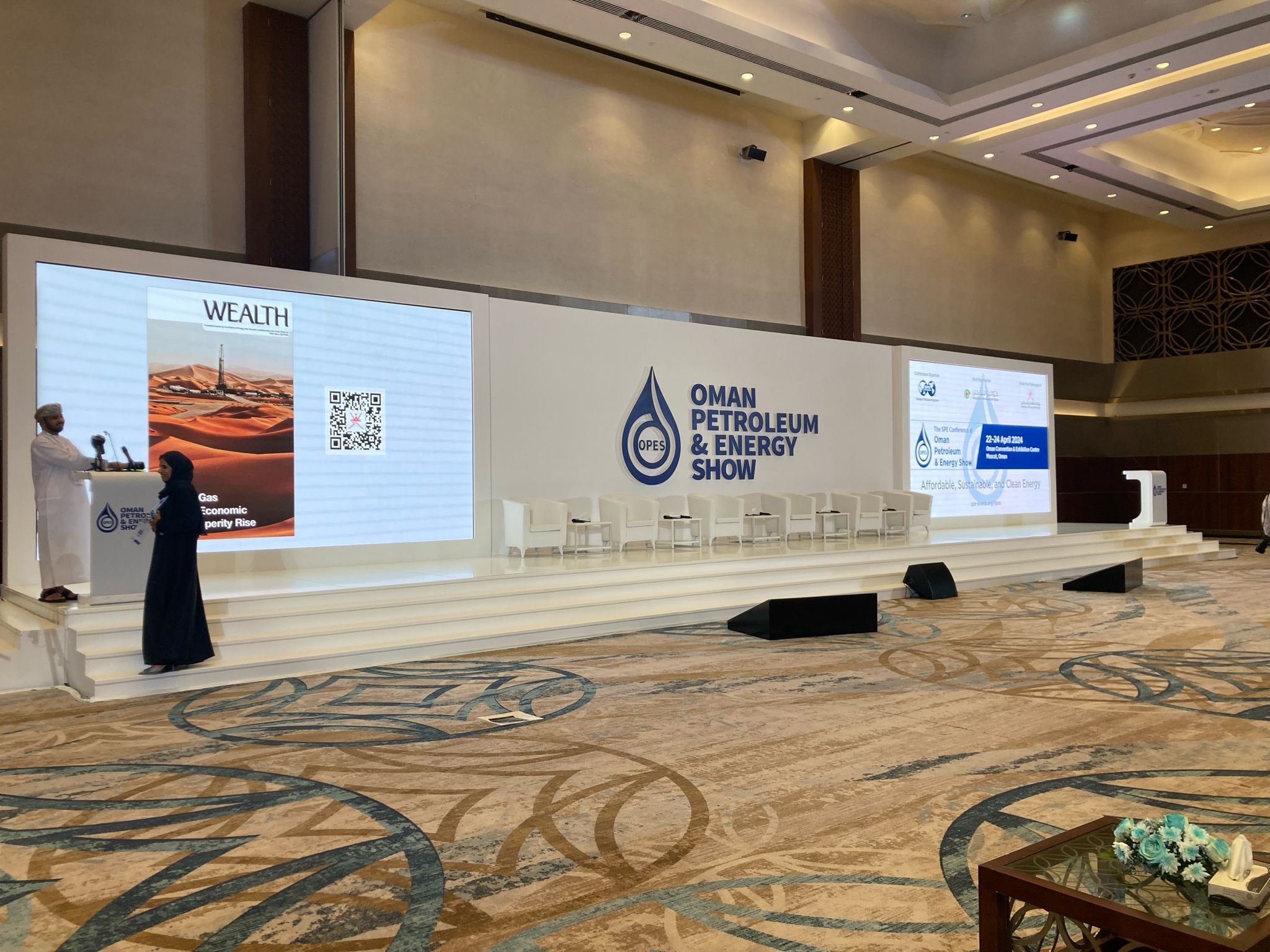Political turbulence stifles renewable energy in Peru
Landmark legislation has the potential to unlock a wave of investment in renewable energy in Peru, but political dysfunction could get in the way.

The government is promoting landmark legislation that would unlock a wave of investment in renewable energy in Peru, cut back on polluting diesel generation and make the power grid more robust. But chronic political dysfunction could keep the deeply fragmented congress from passing it.
In spite of exceptionally favourable conditions for wind and solar energy, particularly in southern regions, Peru remains heavily reliant on domestic gas and hydroelectricity as the main sources of power generation. The national grid is especially vulnerable because of a geographic concentration of gas-based thermal power stations near the capital of Lima.
In June 2023, thermal power stations that use gas, almost all of which is supplied by one pipeline from the Camisea fields in the southern jungle, accounted for about 55% of total generation, followed by hydroelectric plants with 34%, according to monthly data from grid operator COES. Renewables, including small hydro, wind, solar, biomass and biogas plants, represented just over 9% of the generation mix, while diesel took up 2%. But in December 2022, a drought that impeded hydro units, coupled with maintenance at gas installations, caused diesel generation and marginal costs to spike, underscoring the recurring structural fragility of the grid.
Experts say renewable energy in Peru would help to shore up the system by reducing the country’s dependence on increasingly unpredictable hydrology and the vulnerable cluster of gas-based units. Officially, Peru has committed to reach 20% non-hydro renewable power generation by 2030, up from around 5% now.
Emulating Chile
In the 1990s, Peru adopted Chile’s successful regulatory model for its electricity sector. Despite advances on transmission, the country is stuck around a decade behind its neighbour on renewables, says Brendan Oviedo Doyle, president of the Peruvian Renewable Energy Association (SPR). The legislation currently pending in Congress would help to close the gap by introducing hourly supply blocks — reflecting wind and solar intermittency — and other technical modifications to usher in effective long-term supply tenders as Chile has done. Crucially, the proposed terms would facilitate project financing, encourage newcomers, enhance competition and ultimately lower costs.
But political fragmentation and institutional weakness are holding Peru back. Oviedo tells Gas Outlook that Chile carried out an inclusive process of consultation before adopting the tender model, garnering widespread buy-in to the changes. In contrast, Peru has undertaken a shallower process, so the technical proposals are more exposed to opposition. “Like in Chile, there has been a lot of opposition, and with some of the same arguments,” he says. “And because the legislation is so technical, it’s easier for opponents to disrupt it than for supporters to push it through.”
The energy and mines commission of Peru’s unicameral legislature approved the energy bill in May, but it is now in a holding pattern as the body’s lawmakers settle into a new political cycle. The SPR and other advocates hope Congress will take up the bill before the end of 2023.
Deep-pocketed incumbent generators are not waiting for the legislation to build out their modest renewable portfolios in Peru. In the Ica region, Italy’s Enel is expanding its Wayra wind farm by 177 MW to bring the full Wayra complex to 309.5 MW, making it the country’s biggest wind farm. Further south in Moquegua, Enel is installing the 122 MW Clemesí solar project. These projects come on top of the recent launch of French firm Engie’s expanded Punta Lomitas wind farm in Ica, bringing installed capacity there to 296.4 MW.
Notably, one prominent newcomer is forging ahead as well. In Ica, Spanish firm Acciona is building the 131 MW San Juan de Marcona wind farm on a merchant basis, in anticipation of selling the supply in a future tender.
The trio of new projects will come on stream between 2023 and 2027, according to the Energy and Mines Ministry.
A much larger number of renewable energy developers are laying the groundwork to participate in future tenders, showing confidence that Peru will eventually get its act together. Oviedo says some 22 gigawatts of wind and solar projects are already permitted or are in the process of permitting in anticipation of future tenders for long-term supply contracts. “Not all of these projects will be developed, but they definitely show the enormous interest in Peru, despite the political disorder that there’s been.”
Another spasm
Yet Peru’s disorder is far from over. The latest spasm of political volatility erupted in December 2022, when then-president Pedro Castillo sought to dissolve the legislature in a power grab that led to his swift arrest. Castillo was succeeded by his vice president, Dina Boluarte, whose ascension to the presidency was greeted by months of deadly protests. She is currently under investigation for her administration’s heavy hand against the protesters. Boluarte’s proposals to push forward general elections to 2024 have repeatedly faltered as lawmakers recoil at the possibility of losing their seats. That means Peru’s political malaise is likely to drag on through regularly scheduled elections in 2026.
“There is an effort on the part of Boluarte and her allies in Congress to present an image of normalcy,” says Jo-Marie Burt, associate professor of political science and Latin American studies at George Mason University in the U.S. state of Virginia. “But recent protests and ongoing high disapproval ratings for both her and Congress suggest an underlying instability that will continue to present challenges for governability.”
Once Peru returns to a steadier political course, the next energy challenge will be to develop legal and regulatory frameworks for renewable hydrogen, deepening the parallels with Chile. This in turn would open the door to hydrogen-based industries, such as carbon-neutral methane at Peru’s existing liquefaction plant at Pampa Melchorita.
None of this potential will materialize without an effective state, Oviedo says. “We copied Chile’s regulatory model. We built the football pitch and brought in the ball. The state blew the whistle, but then it walked away, letting the teams do as they like. We need a state to take decisions which can be executed for the good of the country.”



